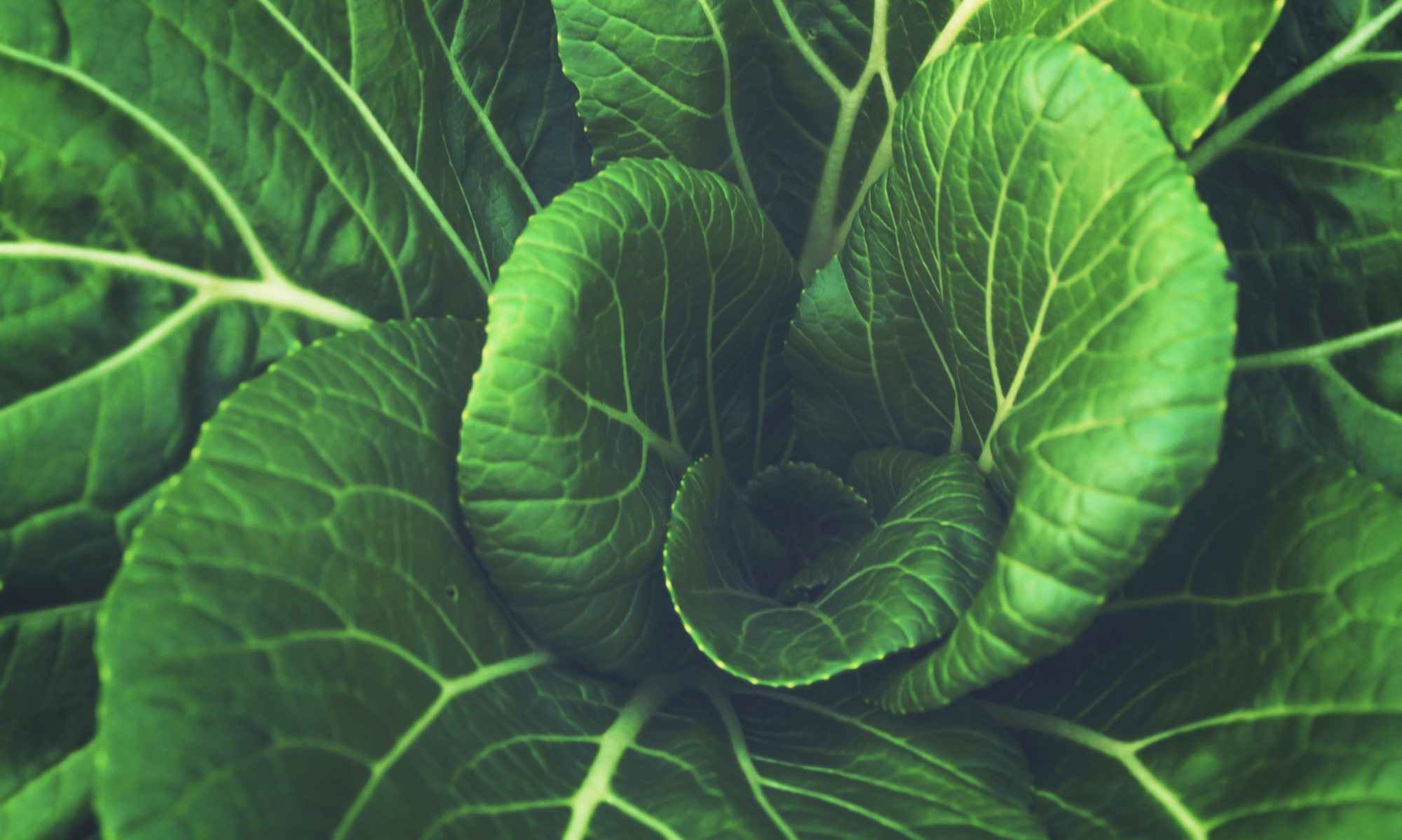Human Civilization: Food Production and Farming
Food production has been one of the most important units of growth for human civilization. It essentially measures how much energy a given piece of land can produce. This means land with higher food production will be able to sustain higher populations. With that in mind, let’s look at the first step humans took towards modernization: agriculture.
Agriculture: The Miraculous Accident
The story of farming began like most stories in nature: pure accident. Most plants with seeds rely on two factors to spread their offspring.
- Wind: Many plants have small, light seeds. These mobile seeds can get carried away from the parent and take root farther away. Such seeds often have large surface area to get carried by the wind (think dandelions).
- Animals: Seeds that are larger and heavier rely on a different mode of transport. Since wind cannot carry their seeds, they attempt to exploit animals for their mobility. Many of these plants place their seeds inside fruits designed to lure in animals. Once the animals eat it, the seeds inside get a free ride through the digestive system. Eventually, the animal will poop and the seed will find itself in a very different location, conveniently surrounded by fertilizer.
In order for humans to harness the power of agriculture, they had to experience something that would give them a reason to farm. It is likely that a few fruit bearing plants were responsible for this realization. When the ancient hunter gatherer humans found fruits and ate them, they inevitably carried the seeds in their stomach. On their daily commute, it is likely many defecated in a few specific locations. As seasons cycled, the people would also migrate, following the food as the year went on.
Suppose that after one year of hunting, this tribe of humans returns to their old camp spot. As they begin their old commute again, they notice that something is different. The places where they used to poop now harbored fruit bearing plants, often berries like the ones they collected a few miles away. If this happened often enough, groups of humans could only come to one conclusion: berries could be planted by eating them and pooping in places they want to grow new plants. After such a revelation, it only takes an observant eye to spot seeds in the feces and learn that berries could be directly planted.
At this point, humans were supplementing their hunter gathering habits with small gardens. These sources of food, although slow yielding, provided a constant supply of energy over time. After all, the gardens would always be in the same place year after year.



4 Replies to “Human Civilization: The Next Step Forward”
Comments are closed.